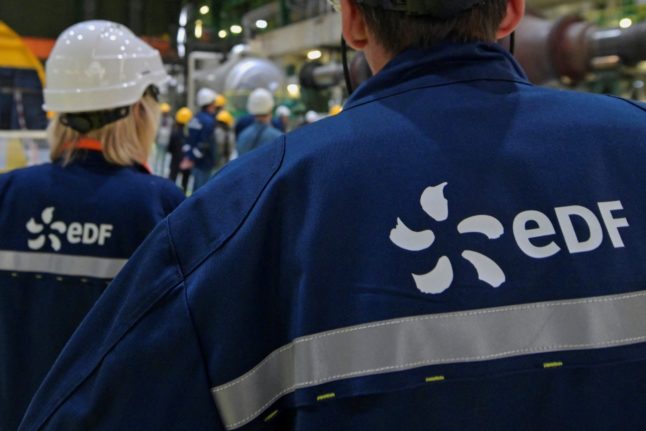Although Norway went from an exporting country to an importing country in terms of energy, the net quantity of electricity that was purchased was relatively small.
“We just about received more energy from abroad than we exported,” Henrik Glette, CEO of Statnett, which measures the power flow in the Norwegian electricity grid, said to NRK.
According to Statnett, the imported electricity is equivalent to the consumption of around 7,000 Norwegian households.
“In a normal year, there is normally a net export of around 16 to 18 TWh (terawatt hours), while last year there was a net import of 0.16 TWh,,” Glette said.
Most of the imported power came from Sweden and Denmark.
The reason for the net energy import can be traced back to the dry summer of 2018, which caused historically low water levels in large parts of Norway and little water in the reservoirs. The heatwave also resulted in operating problems in many power plants and high power consumption.
With this in mind, power companies in 2019 chose to save water during periods in which electricity was cheaper abroad.
A total of 133 TWh were produced in Norway during spring 2019 – significantly less than usual production in recent years.
The Norwegian Water Resources and Energy Directorate (NVE) said it could not comment on whether net import will become a regular occurrence.
“This is something which varies from year to year depending on how much it rains, but also on how much power generation we can develop in the form of wind farms, NVE senior engineer Christer Skotland said to NRK.
READ ALSO: Two days into 2020, Norway has already broken temperature records twice



 Please whitelist us to continue reading.
Please whitelist us to continue reading.
Member comments